Flying kites can be a blast! Can you just go out on any normal day and fly a kite? Well, your answer is no.
There are a few things you have to take into consideration before setting out on your kite flying adventures.
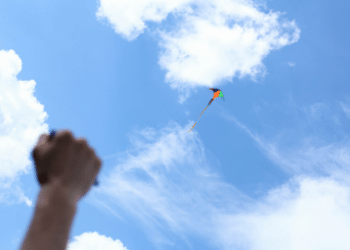
When setting out on your adventures, you want to make sure the wind is in perfect condition in order to maximize your kite flying success.
While there is such thing as to much wind to fly your kite, you can have not enough wind also.
How Much Wind Do You Need To Fly A Kite?
While experts say you should fly a kite between 4-10 miles per hour. A good general rule of thumb is that if you can feel a light breeze on your face, just enough to blow around your hair a little, you have the right wind speed for kite flying.
Also, look around for flags waving in the wind or leaves blowing around. You do not always have to go by this.
They make kites for heavy wind as well as kites for lighter wind. When choosing a kite be sure to read the suggestions if they are provided in the kite instructions.
Now, what are you waiting for, get out there, and fly some kites!
When Is It Too Windy To Fly A Kite?
Flying a kite takes a few of nature’s natural resources. One of them being the wind.
While 4-10 miles per hour on wind speed is considered light wind and is excellent for kite flying. That is about the max you want to be out flying in. 11-25 miles per hour is considered heavy wind for flying kites.
While there are kites designed to perform in these types of wind you really don’t want to push your limits when flying your favorite kite.
You can take the risk of destroying your kite in a tree or wrecking straight to the ground and then you will have major repairs to contend with.
The wind creates an updraft on the wings of the kite, by being designed to fly at an angle your kite is very responsive to the wind and high draft areas such as between mountains and bridges, etc.
Be sure you are not flying your kite in high-risk areas when the wind is considered heavy.
What Is The Best Weather For Flying A Kite?
We all know not to fly a kite in the rain or thunderstorms. Then the question remains, what is the best weather to fly a kite in.
Most experienced kite flyers know when to fly their kites and are able to fly kites in wind ranging from 15-25 miles per hour.
This is considered heavy wind. The most ideal weather conditions for kite flying are when the skies are clear and the wind is between 4-10 miles per hour.
Although this is the most ideal condition for flying kites that don’t mean it’s the only option. Use your own decision-making to determine if it’s safe kite-flying conditions not only for you but for your kite also.
What Is The Best Season For Kite Flying?
Season by season you might be waiting to fly your kite. Summer might be too hot, fall might be too windy, and winter might be too cold.
What about springtime? Well as you might have guessed springtime is the best season to experience some of the best kite-flying conditions.
In order to fly your kite, you need good weather.
Spring brings along with it some of the most ideal windy days to make your kite flying experience one to remember. Make sure you have plenty of open room and running space in the area you are flying in.
Springtime is the best time of the year for thunderstorms, so be on the lookout for darkened skies and rain clouds in the atmosphere.
Immediately stop your kite flying adventures and head for cover, you do not want to be out during bad weather.
How High Can You Fly A Kite?
Did you know the highest kite ever flown was at an altitude of 16,009 ft by a man named Robert Moore out of Australia, cool huh!
But before you go and fly your kite that high you need to know a few things.
To fly a kite above 150 ft from the surface of the earth you need to contact the FAA in order to do so or go to an area designed specifically for kite flying.
Make sure to follow all guidelines of your local flying area when kite flying.
On average most kites fly at an altitude of 200-300 ft while a lot of higher-end kites are able to reach up to 600 ft wow!
Ensuring your kite is put together correctly is critical to making the most out of your flying experience.
A kite that has been poorly constructed can cause dangers for others around the area and also to your kite’s own structural integrity.
Remember to read all instructions on assembly and if you find any flaws, contact your supplier and ask for a refund or a fix for your kite.
Most of all kite manufacturers will be happy and willing to make things right if there was a mistake.
Can You Fly A Kite With No Wind?
While the backbone of flying a kite is the perfect wind conditions. Some kites are designed for heavy wind and some for light wind.
At the end of the day, you have to have wind to fly a kite.
The average kite needs a wind speed of 4-10 miles per hour to perform correctly. This is considered an average wind speed for kites.
If you can feel the wind blowing on your face, more then likely you have ideal kite-flying conditions. Learn how to fly kites in low wind.
Sometimes you have to wait a day or so to be able to fly your kite, but no worries it will be worth it in the end! Now get out there and fly some kites!
Also Read:

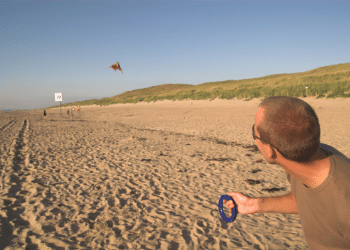

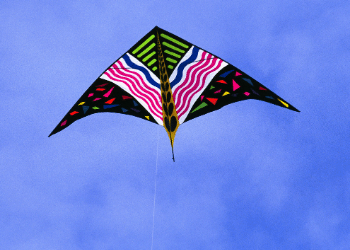
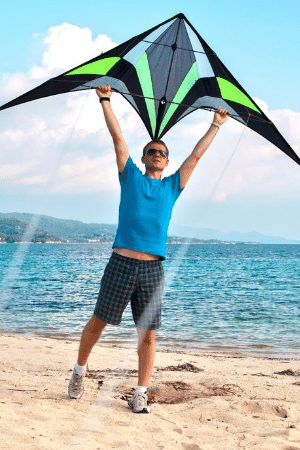
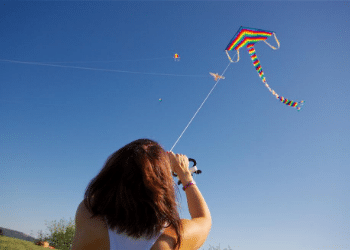
Leave a Comment